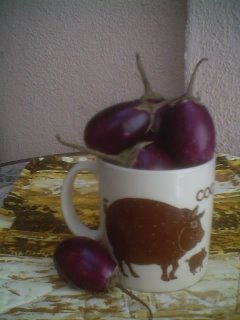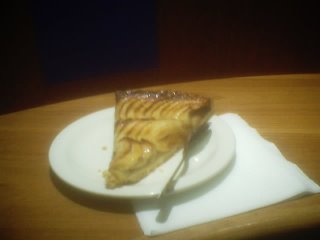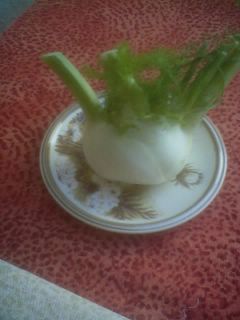
Monet House, Exterior, Giverny, France
"I paint because there are flowers in the world." These are the paraphrased words of Claude Monet, renowned artist and superstar of the Impressionist Movement of painting. His famous works are displayed in all of their splendor at Paris' Orsay, Marmottan and Orangerie museums. To see a LOT of Monet's works in one place, those are the places to go.
If not in Paris, we can savor the beauty of one, or a few, of his paintings in virtually any large museum in the world. His legacy of art speaks for itself, worldwide.
In addition, the house and gardens that provided the environment for so much of his work are today a sort of Monet museum unto themselves. The vibrant colors throughout the house and garden beckon to current-day visitors in the same way that they spoke to Monet over 100 years ago.
Recently, I discovered a book that took me back, on a virtual visit, to the Monet house and gardens in Giverny, France. Color photographs leap from pages, splashing vivid memories of gardens, dining room and kitchen onto my reminiscing mind's eye!
How stunning, to be in Giverny, a short ride from Paris, in Monet's Garden. It is a place that draws you in and helps you to FEEL those words of Monet's about flowers. In the shimmering light, always so intriguing to the artist, the landscape still seems to be calling out to be painted.
MONET'S TABLE, by Claire Joyes, Simon and Schuster Publishers, 1989,takes us to yet another dimension of Monet's world. He appreciated cooking -- loved it, in fact, enough to create his own collection of cherished recipes by persuading his family and friends to commit them to paper. The recipes, like Monet's interests, reflect international dishes and ingredients. Just as so many of us do today, he returned from international trips with a headful of favorite food memories -- and often, a handful of recipes.
Recipes from A to Z, from appetizer to dessert, have been selected by Monet's descendants from his collection and compiled by Claire Joyes, the wife of his great-grandson, in this delightful book. Imagine the aromas of these dishes, wafting through the rooms of the charming house in Giverny. Visualize steaming plates being carried to the dining room table, set in its tones of yellow and blue, harmonizing beautifully with the chrome-yellow walls, creamy-yellow chairs and blue-toned Japanese-art-prints decor of the dining room.
All of that imagining is facilitated, of course, by the multitude of photographs of garden, house, foods and handwritten recipes in the book. Fortunately for we cooks, the recipes have all been translated into English, converted into American weights-and-measures by well-known French chef Joel Robuchon, and faithfully word-processed so that we won't have to struggle to read the rather artistic handwriting of the original collection (even if we could read French!). How delightful, though, to be able to see an original, yellowed, recipe page from the master artist's kitchen.
Bringing to mind, once again, how much charm -- how much of the real person -- is brought to bear by the handwritten word. Somehow, it's hard to imagine future generations looking at a USB memory stick of great grandmother's recipes and exclaiming, "Oh, can't you just SEE her at the stove?" (Yes, I CAN hear you saying, "Put a photo of grandma on the memory stick with the recipes!")
Monet lived to a ripe age and spent most of his years surrounded by an extensive family and many friends. The weekend meals in Giverny, especially in the summer, included many art, government and literary friends from Paris and abroad.
At that time, Monet spoke to the world in his art, through his gardens and by means of his devotion to shared food. By means of all three of those elements, that legacy continues. Today, as then, his art, Giverny gardens and recipes all speak for Monet.










